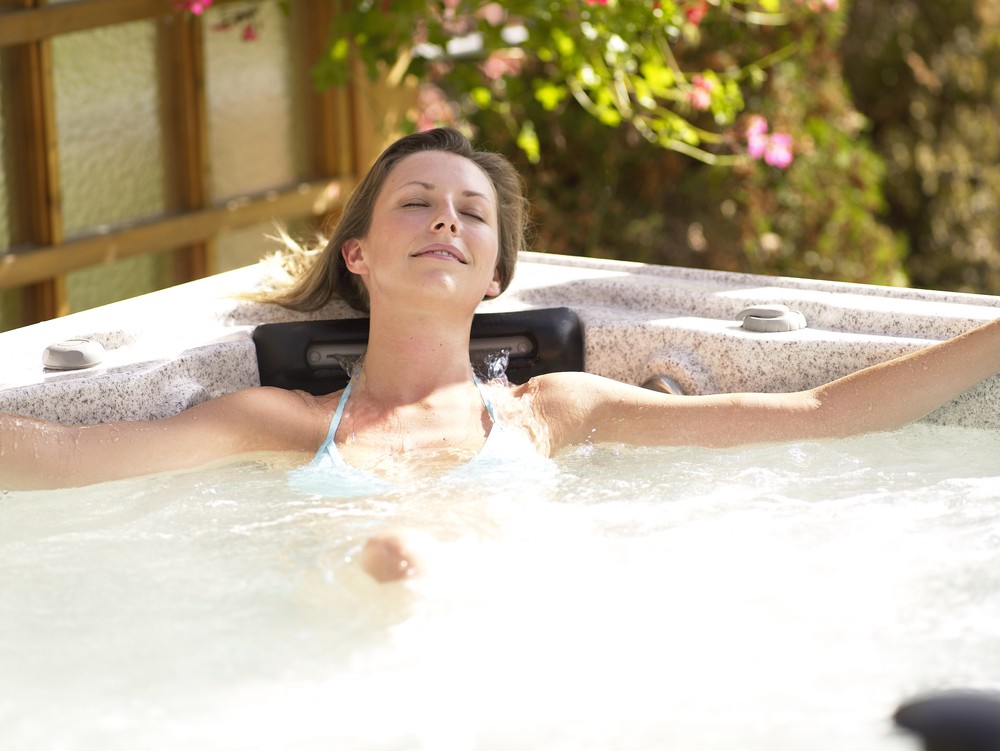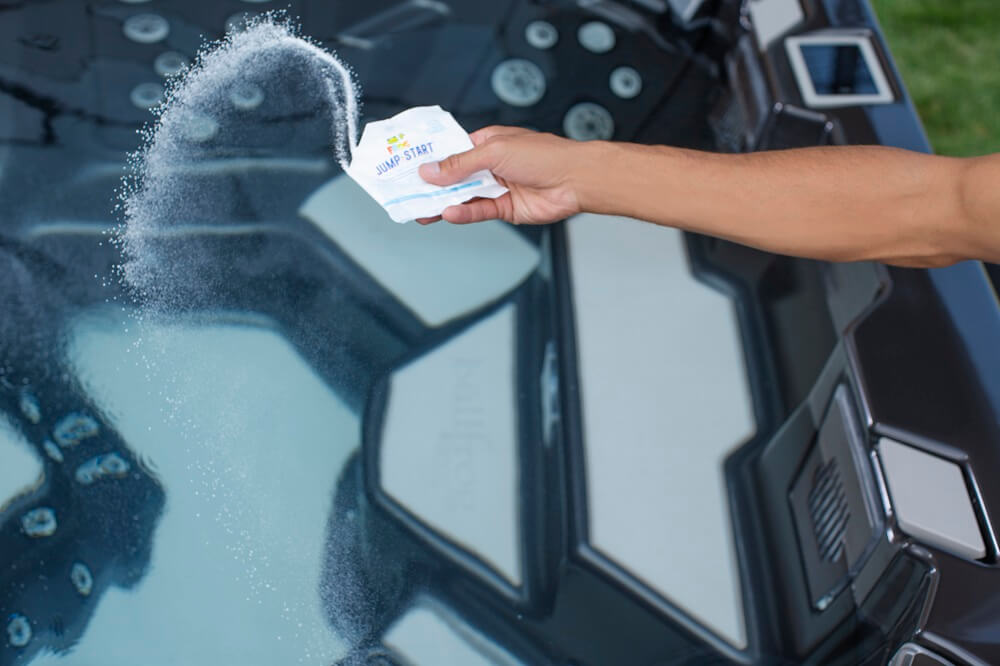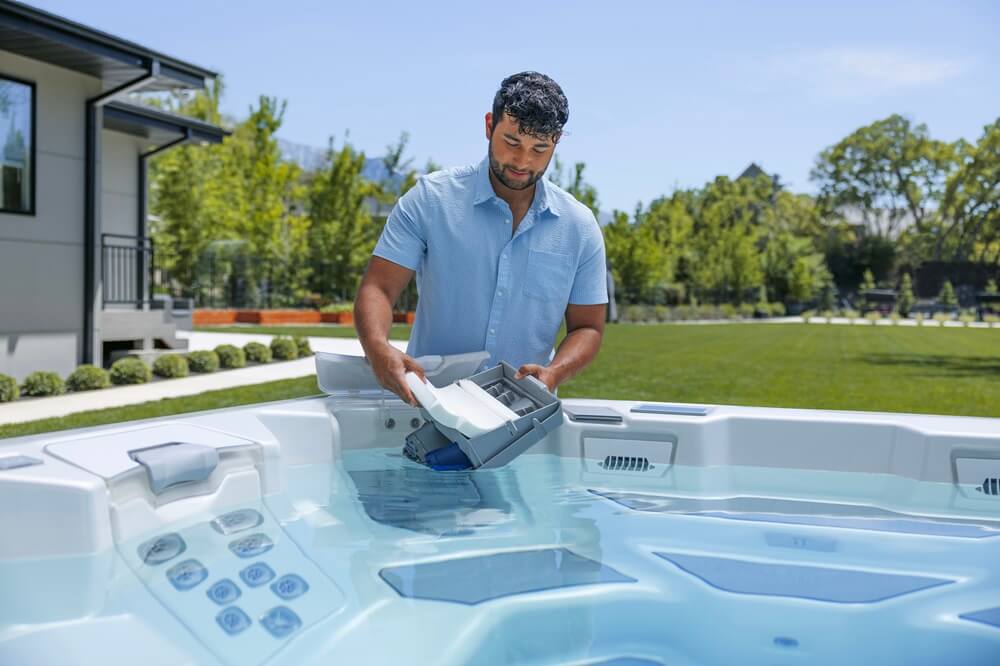July Pool Sales!
Pool deals: free upgrades, $1,150+ package, 25% off toys.
Swimming Pools in New York

Contents
It would be nice if you could just add water to a hot tub, heat it up, and then never have to worry about it again — but unfortunately, that’s not the case. Ensuring that your water is crystal clear and safe to soak in means you’ve got to add the proper chemicals and regularly test it to ensure that those chemicals remain balanced.
If that sounds overwhelming, don’t panic; maintaining your hot tub’s water chemistry isn’t an overly complicated process. There are just a few things you should know so you can do the job properly. To help you with that, this easy guide explains why water balance matters and what goes into balancing your hot tub water.
There are a few different reasons why you’ll want to keep your hot tub’s water chemistry balanced. They include the following:
People aren’t going to feel as relaxed as they could be in your hot tub if the water is cloudy. Balancing your water chemistry helps to ensure that your hot tub stays crystal clear and as inviting as possible.
Imbalanced water can allow bacteria to hang around and even grow in your hot tub. This can pose a risk of infection or illness to bathers. Preventing these issues is as simple as regularly testing your water chemistry and adding the necessary chemicals.
Unclean and imbalanced water running through your hot tub’s circulation system can eventually have a detrimental effect on the equipment, causing untimely breakdowns or even shortening the lifespan of the spa overall.
If you keep up with your hot tub water chemistry, then you can reduce the amount of chemicals necessary to get your tub crystal clear and safe to bathe in. That’s because a major imbalance can require extra chemicals, some trial and error, and a lot of hassle just to make your spa usable again.

To become a water balancing pro, you need to know a bit about what those colored lines on the test strips actually mean. Here’s a simple guide to each of them, as well as some other important properties of a balanced spa.
Reading the pH level of your hot tub water can help you gauge where the water falls on the spectrum of acidic to basic. When the pH is high, the water can be cloudy and a buildup of scale deposits may occur. When the pH is low, it can damage your hot tub’s equipment.
Ideally, you want your hot tub’s pH level to fall somewhere in the range of 7.2 to 7.6.
Your hot tub water’s total alkalinity measures how well it can maintain its pH levels. Low alkalinity can lead to fluctuating pH levels, while high alkalinity means rising pH levels. In both instances, it can be difficult to change the pH level without using an alkalinity increaser or decreaser.
The ideal total alkalinity for your hot tub is somewhere between 80 and 120 mg/l ppm.
Water hardness is a measure of the amount of calcium in your hot tub’s water. This is a regional issue, as certain areas have a lot more minerals in their water than others. If your water is too hard, it can lead to calcium buildup. This can not only affect the water’s appearance but also damage your hot tub.
The ideal calcium hardness for your spa is somewhere between 100 and 200 mg.

Your hot tub’s water will slowly absorb many of the solids that find their way into it, such as dirt, debris, minerals, and more. As more contaminants begin to dissolve into the water, the TDS level will begin to rise. If the level is too high it can affect the water’s appearance, prevent chemicals from working properly, and even damage your hot tub.
The maximum level of total dissolved solids in a hot tub is around 1,000 mg/l.
If you need help getting your spa’s water balanced, reach out to Royal Pools & Spas today.